The core advantages of the high-efficiency slitting machine are reflected in the following aspects by optimizing the energy consumption design to reduce the long-term operating costs of the enterprise:
1. Direct energy consumption reduction
• High-efficiency motor and inverter technology: IE4/IE5 ultra-high-efficiency motor with inverter drive system can dynamically adjust the power output, saving 20%-40% energy compared with traditional equipment. For example, the slitter automatically reduces the speed when waiting for material or running at low speeds, reducing ineffective energy consumption.
• Low-friction design: the use of ceramic bearings, linear guides and other components reduces the mechanical transmission loss by more than 15%, especially suitable for 24-hour continuous production scenarios.
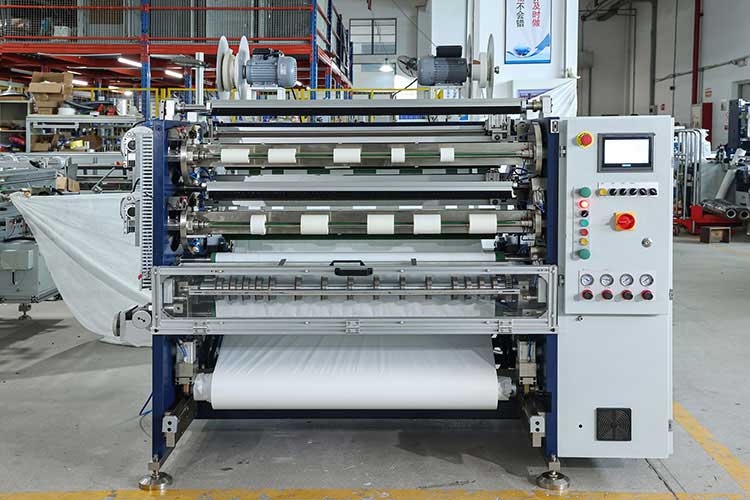
2. Intelligent control system
• Adaptive Tension Control: Automatically adjusts the torque output by monitoring the material tension in real time to avoid energy waste caused by constant power operation of traditional equipment, and typical applications such as film slitting can save energy by 12%-18%.
• Closed-loop optimization of production data: The model integrated with the MES system can analyze historical data and automatically generate the optimal slitting parameters (such as speed and pressure), reduce the loss of trial cutting, and reduce the comprehensive energy consumption by 8%-10%.
3. Thermal management optimization
• Waste heat recovery system: Converts the waste heat generated by the hydraulic system/motor into a heat source for the drying process (such as paper slitting), reducing the energy consumption of auxiliary equipment and increasing the overall thermal efficiency by up to 25%.
• Low-temperature plasma cutting: Some high-end models use plasma cutting instead of traditional mechanical blades, which reduces energy consumption by 30% and has no tool wear cost, which is suitable for special materials such as carbon fiber.
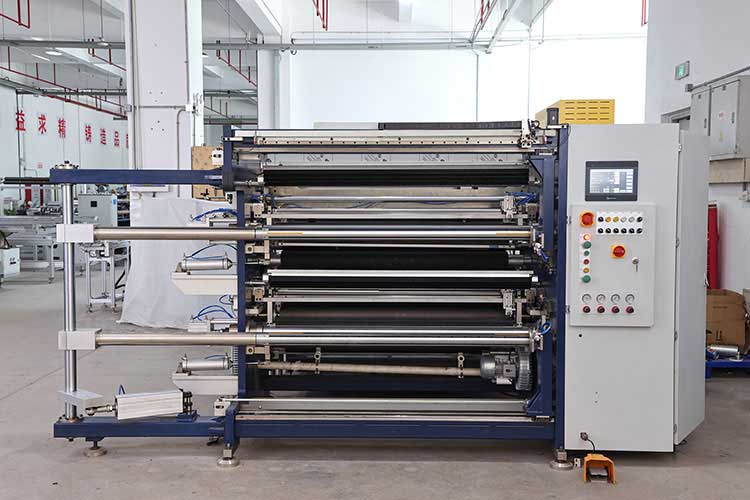
4. Maintenance cost reduction
• Predictive maintenance: Vibration sensor + AI algorithm can warn of bearing failure 3-6 months in advance to avoid energy waste caused by sudden shutdown (each unplanned shutdown causes an average of 2-4 hours of capacity loss).
• Modular design: Quick-change tool and guide assemblies reduce maintenance time by up to 60% and indirectly reduce the energy consumption of equipment idling.
5. Comparison of life cycle costs
Calculated using the LCC (Life Cycle Cost) model commonly used in the slitter industry:
• Conventional equipment: 5 years of energy consumption costs account for about 68%, maintenance costs 22%
• High-efficiency models: energy costs down to 45%, maintenance costs down to 15%, and payback periods of only 1.5-2 years (based on two-shift production) are typically only 1.5-20% higher purchase prices.
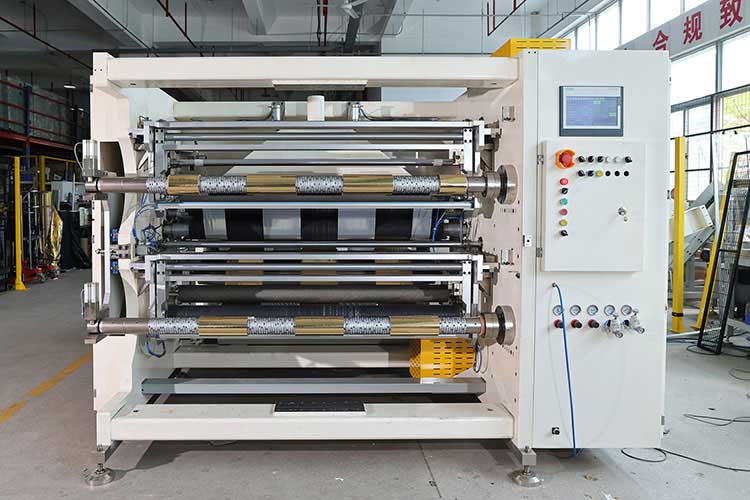
Implementation recommendations
• Load matching test: It is recommended to measure the load rate-energy consumption curve of the slitter, and the 80% load interval is usually the best energy efficiency point
• Energy audits: ISO 50001 certified suppliers can provide itemized energy consumption reports to accurately quantify energy savings
• Policy utilization: 12%-15% tax credit for high-efficiency motor retrofit in some regions (e.g. China's GB30253 energy efficiency standards)
Typical case: After a packaging company replaced 3 traditional slitting machines with high-efficiency models, the annual power consumption was reduced from 780,000 kWh to 520,000 kWh, and combined with the peak-to-valley electricity price strategy, the cumulative electricity cost was saved by more than 2 million yuan in 5 years (the electricity fee is calculated at 0.8 yuan/kWh).
Through the improvement of system performance and efficiency, the high-efficiency slitting machine can reduce the energy consumption of a single ton of processing by 30%-50%, and in the context of rising energy prices, this technological upgrade will become a key lever for manufacturing cost reduction.



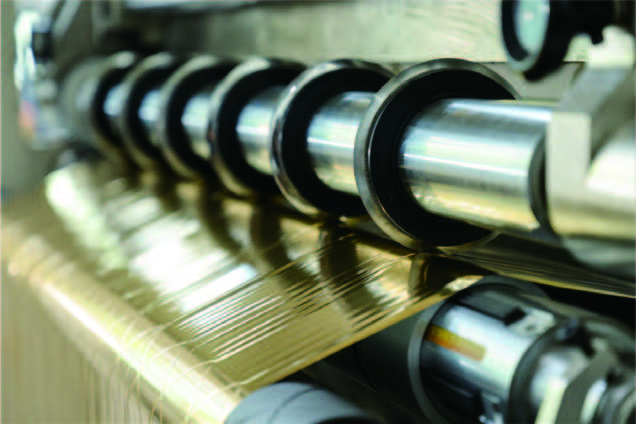
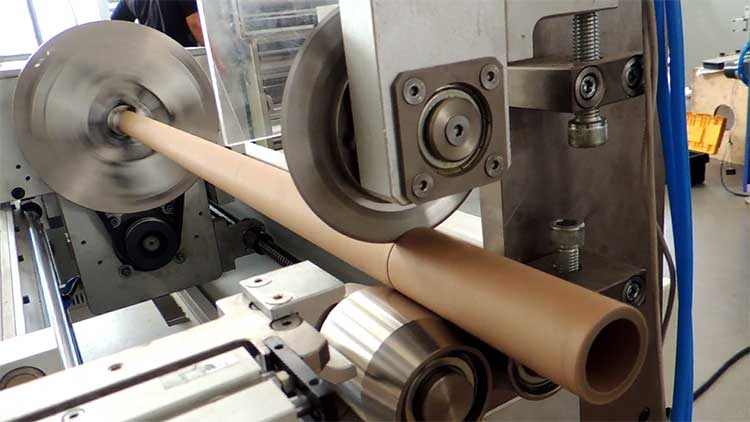
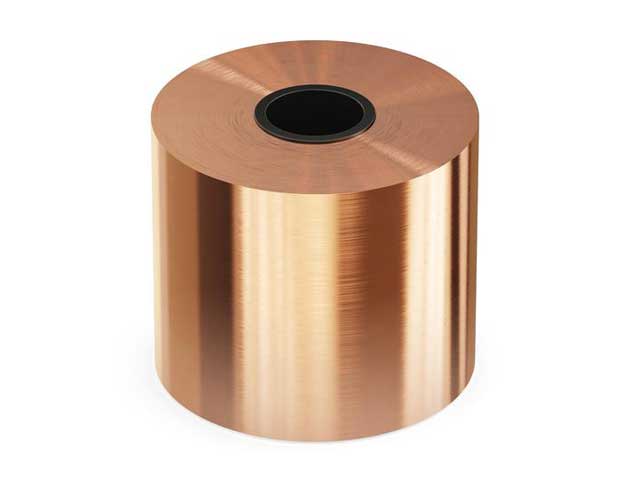
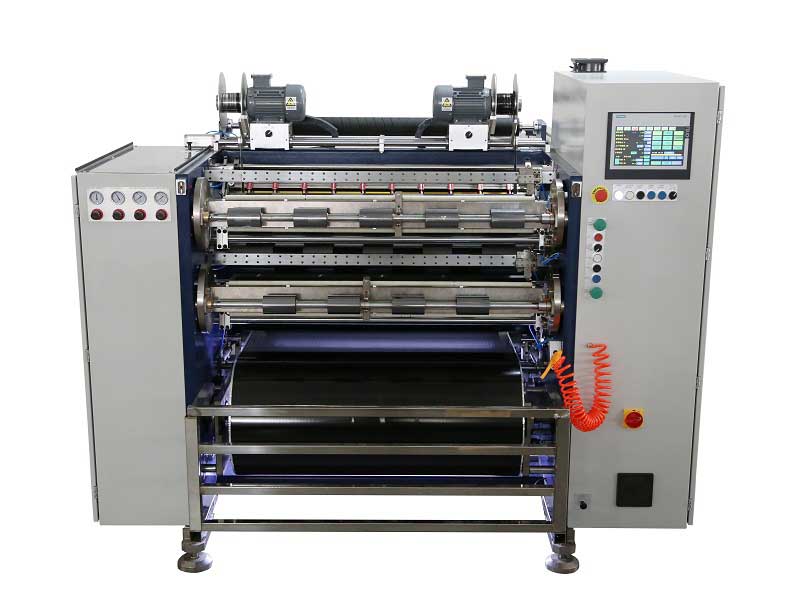 Automatic Thermal Transfer Ribbon Slitting Machine RSDS8 H PLUS
Automatic Thermal Transfer Ribbon Slitting Machine RSDS8 H PLUS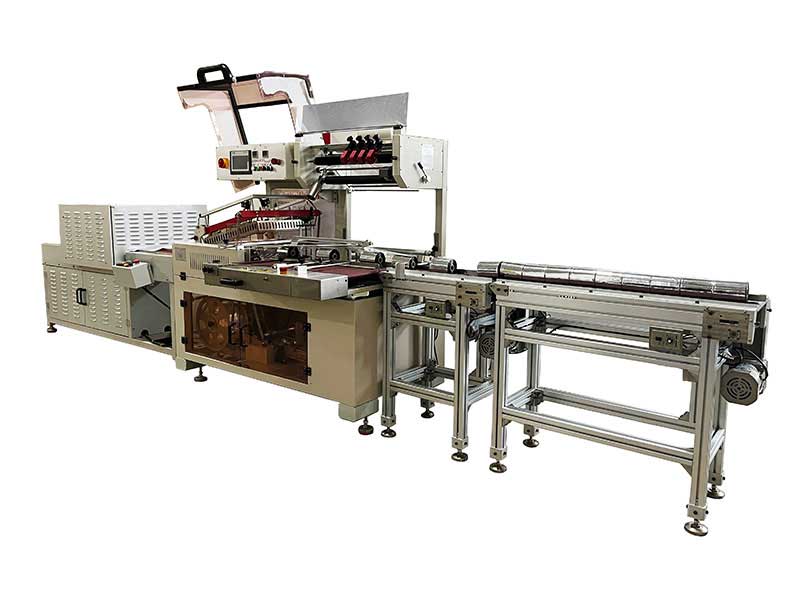 Thermal Transfer Ribbons Packaging Machine
Thermal Transfer Ribbons Packaging Machine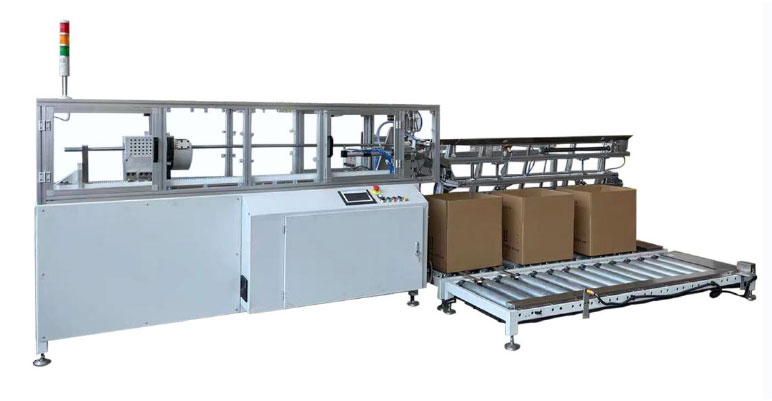 Automatic Paper Core Cutting Machine
Automatic Paper Core Cutting Machine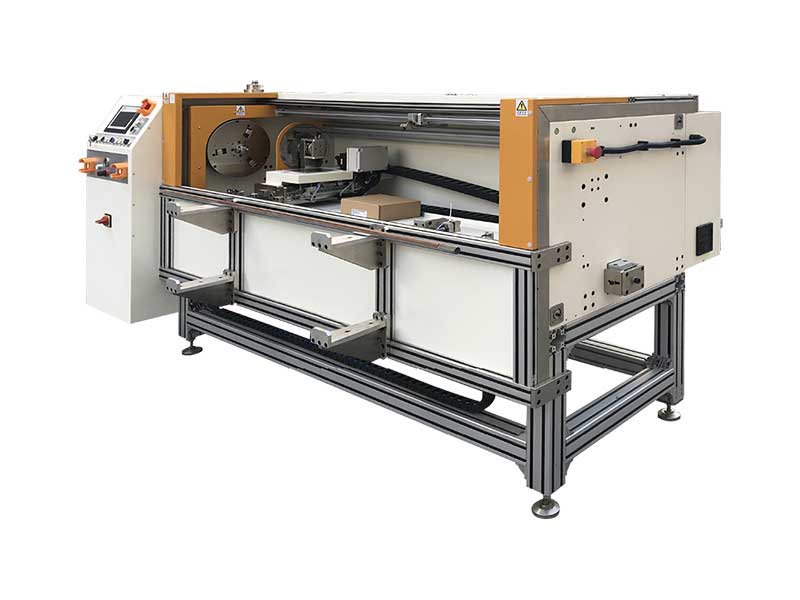 Automatic Foil Roll Cutting Machine
Automatic Foil Roll Cutting Machine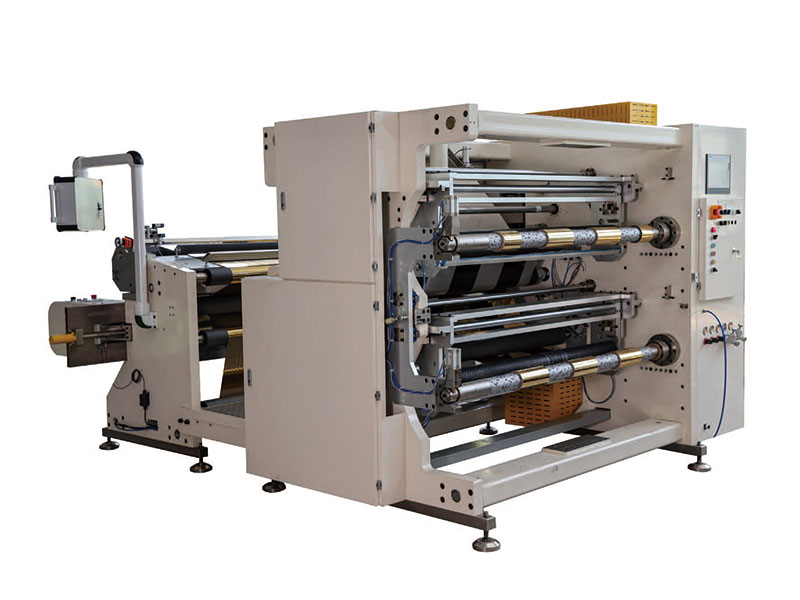 1400mm Hot Stamping Foil Slitting Machine
1400mm Hot Stamping Foil Slitting Machine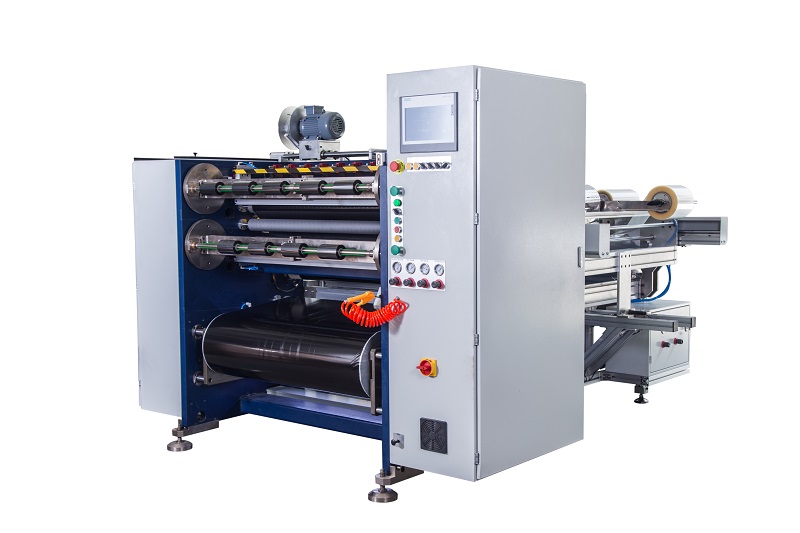 Semi Automatic Thermal Transfer Ribbon Slitting Machine RSDS5 PLUS
Semi Automatic Thermal Transfer Ribbon Slitting Machine RSDS5 PLUS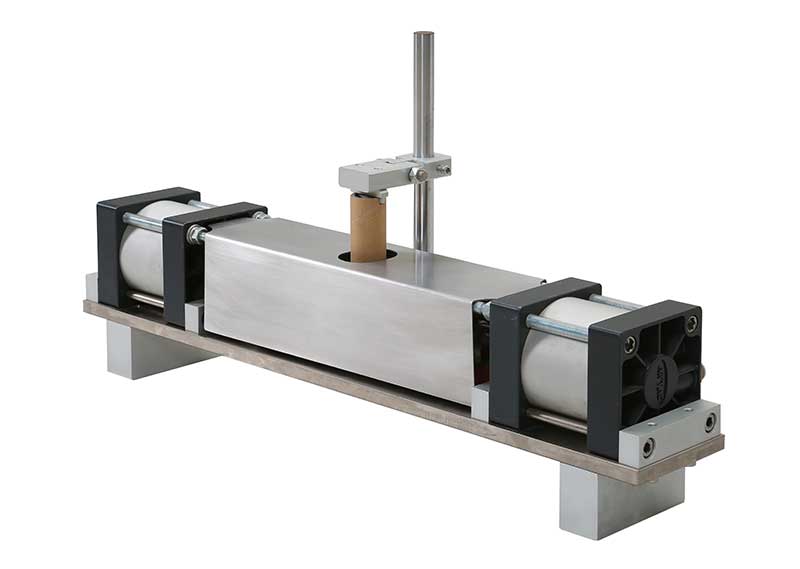 Paper Core Notch Puncher
Paper Core Notch Puncher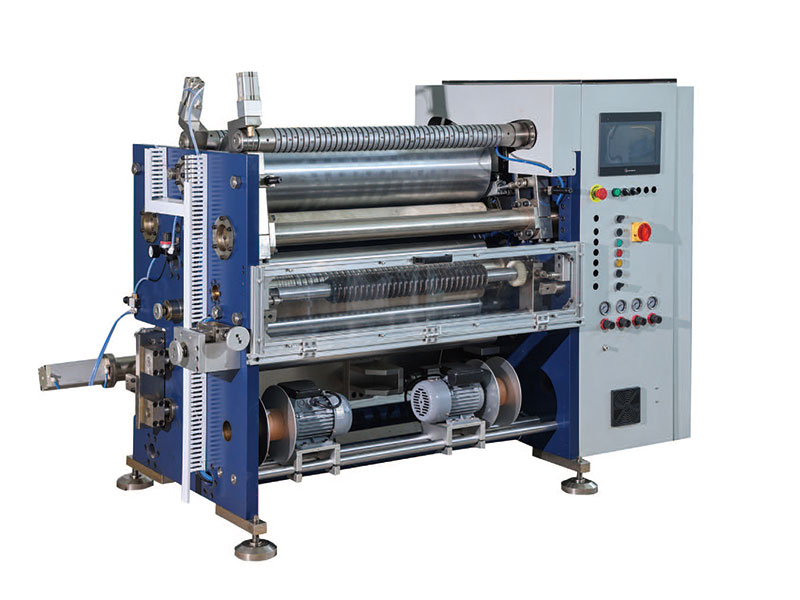 800mm Hot Stamping Foil Slitting Machine
800mm Hot Stamping Foil Slitting Machine

